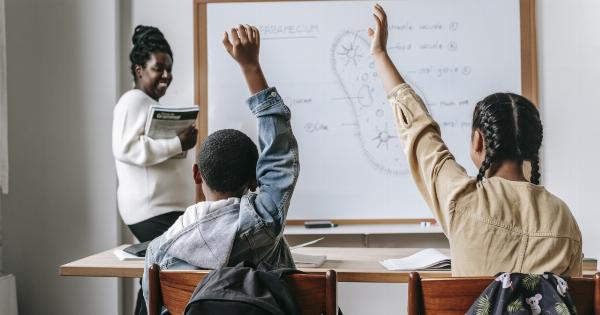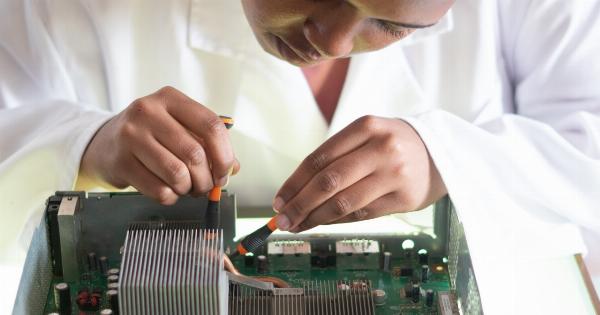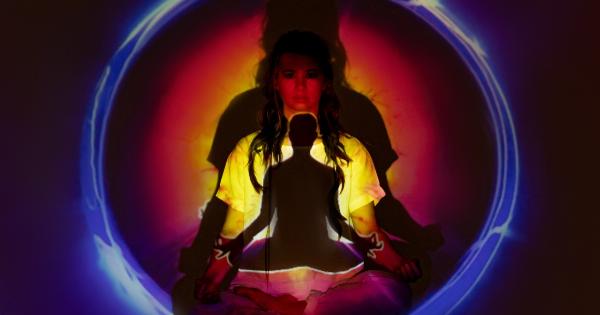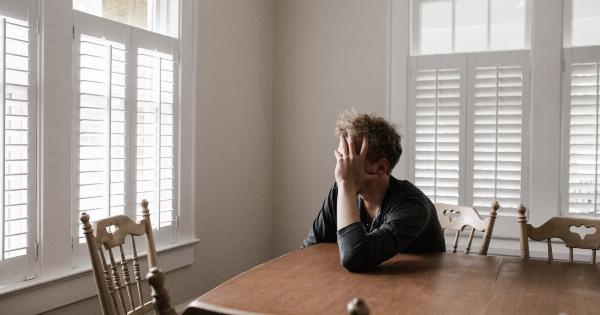Have you ever caught yourself staring at someone without really knowing why? Or have you ever wondered why people seem to have an innate curiosity to observe others? Well, you’re not alone.
The act of looking at other people is not only common but also deeply rooted in our biology and psychology. In this article, we delve into the science behind why people look at other people.
1. The Need for Social Connection
Human beings are fundamentally social creatures. From the moment we are born, we seek connection and interaction with others. Looking at other people allows us to establish and maintain social bonds.
Whether it’s gazing into the eyes of a loved one or making eye contact with a stranger, the act of looking provides a sense of connection and belonging.
2. Nonverbal Communication
One of the primary reasons people look at each other is to engage in nonverbal communication. According to research, approximately 60-70% of communication is nonverbal, with body language, facial expressions, and eye contact playing crucial roles.
By looking at others, we can gather important information about their emotions, intentions, and overall mental state.
3. Establishing Trust
Eye contact plays a significant role in establishing trust and building relationships. When we look someone in the eye, it signals that we are paying attention to them, respecting their presence, and showing our vulnerability.
Trust is essential for social cohesion, cooperation, and effective communication.
4. Attraction and Mate Selection
Physical appearance plays a significant role in the dynamics of attraction and mate selection. Research suggests that people tend to look at others they find physically attractive.
Additionally, eye contact also plays a pivotal role in romantic relationships, as it can ignite feelings of intimacy and connection.
5. Curiosity and Appraisal
Human beings are naturally curious creatures. We have an inherent desire to understand and make sense of the world around us, including other people.
When we look at others, we engage in a process of appraisal, observing their behavior, appearance, and actions to gather information and understand their motives and intentions.
6. Power Dynamics and Social Hierarchy
In social interactions, the act of looking at others can be associated with power dynamics and social hierarchy.
The person who maintains prolonged eye contact is often perceived as dominant, assertive, and confident, while those who avoid eye contact may be seen as submissive or lacking in confidence. The way we look at others can determine the outcome of various social situations.
7. Social Learning and Imitation
Human beings learn through observing others, a process known as social learning. By looking at other people, we can imitate their behaviors, learn new skills, and navigate complex social situations.
From infancy, we learn by mimicking the facial expressions and gestures of those around us.
8. Threat Assessment and Safety
Looking at others also serves an essential role in threat assessment and maintaining personal safety. Our brains are wired to detect potential dangers in our environment, and we often rely on visual cues to assess the intentions of others.
By looking at people, we can gather information about their body language, facial expressions, and potentially identify any signs of threat or danger.
9. Emotional Empathy
Empathy is the ability to understand and share the feelings of others. Research suggests that looking at others, especially their facial expressions, activates the mirror neuron system in our brains, which allows us to empathize with their emotions.
By observing the emotions expressed by others, we can experience a similar emotional state and connect on a deeper level.
10. Societal and Cultural Influence
Lastly, societal and cultural factors also play a significant role in why people look at others. In some cultures, avoiding eye contact is a sign of respect and politeness, while in others, direct eye contact is seen as a sign of engagement and honesty.
Cultural norms and values shape how we perceive and respond to the act of looking at others.





























